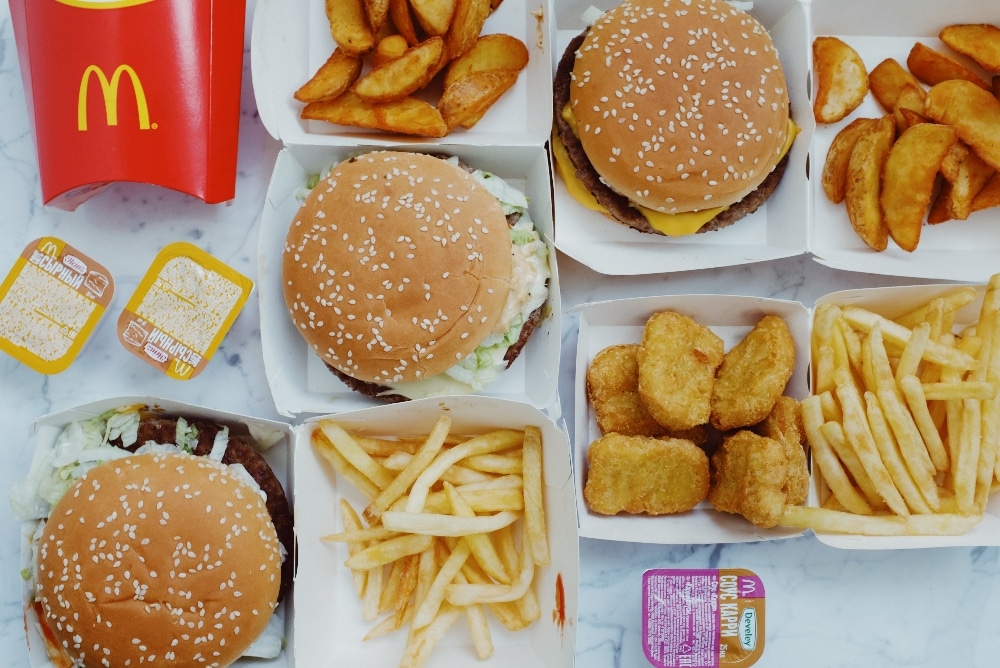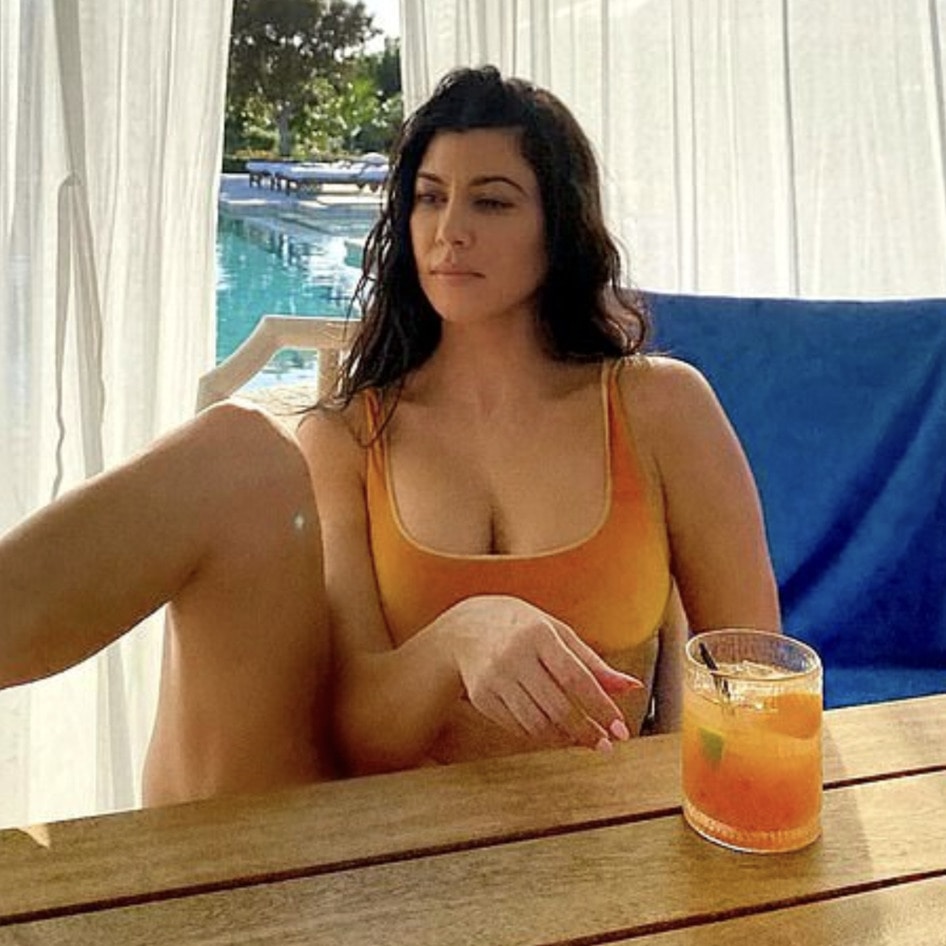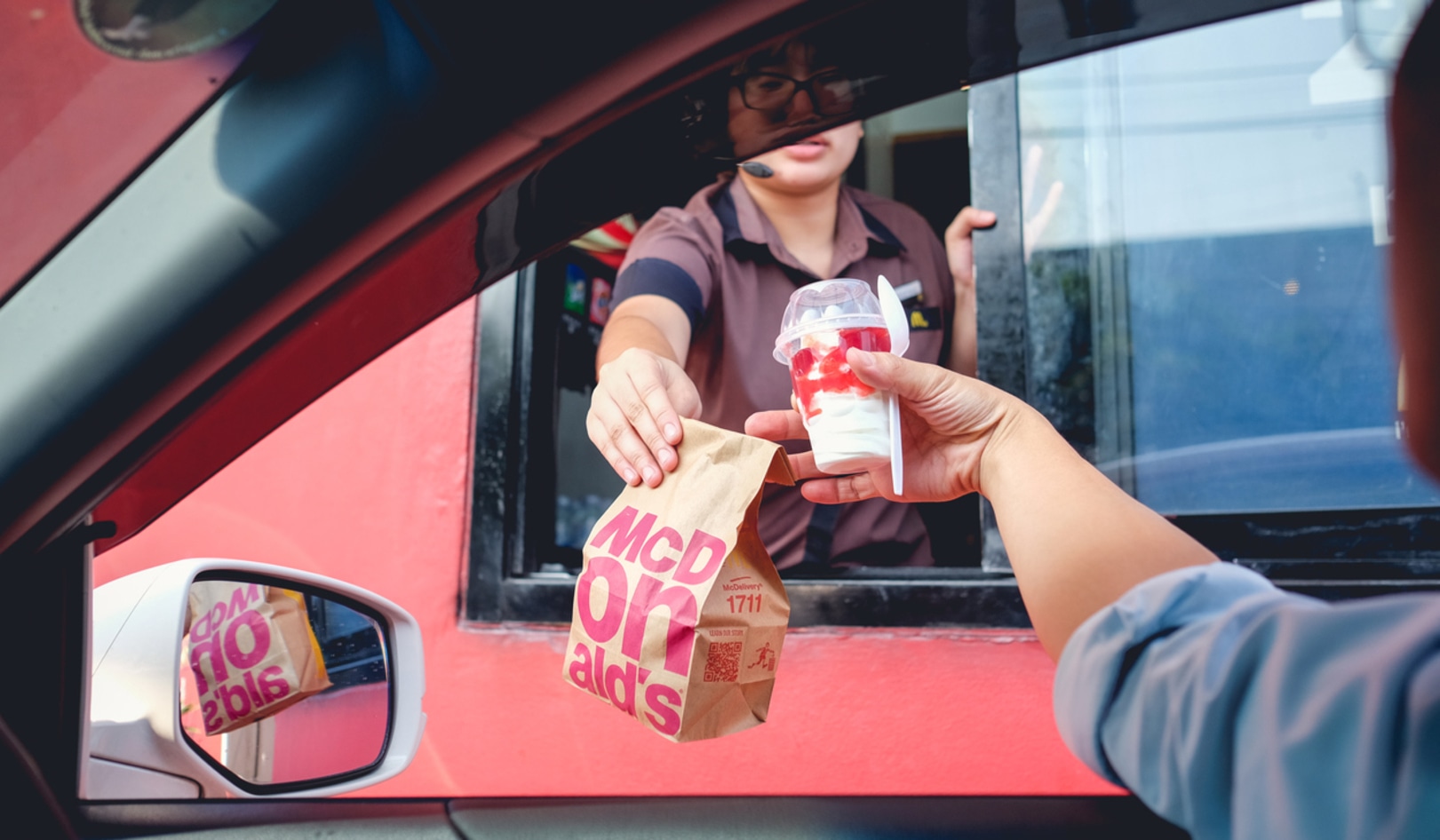Arid, barren, and empty are three words that come to mind when we think of a desert. They are sprawling and hostile spaces, where there is little life to be seen. But in recent decades, the word “desert” hasn’t just been used to describe landscapes, but communities, too.
You might have heard the term “food desert” in the past, which is commonly used to refer to areas where access to healthy food is limited. But here’s why more experts believe it’s time to switch the term “food apartheid” instead. Plus, we’re also taking a look at one industry that seems to be invested in maintaining the status quo of widespread food inequality: Big Meat.
Why we should stop saying “food desert”
According to the United States Department of Agriculture (USDA), a food desert is an area of the country where people have limited access to stores offering affordable, healthy food.
But increasingly, activists maintain that this definition doesn’t go far enough, and the word “desert” isn’t entirely accurate, either. Research by McKinsey suggests that one in every five Black households in the US is situated in a “food desert.” But these communities aren’t barren or empty, and the lack of fresh healthy food isn’t a natural occurrence either.
Research suggests the Sahara was formed through the movement of tectonic plates millions of years ago, but according to many experts, the lack of healthy and affordable food in many American communities is a disaster not created by nature, but by systemic racism.
 Pexels
Pexels
What is food apartheid?
“‘Food apartheid’ looks at the whole food system, along with race, geography, faith, and economics,” Karen Washington, the food justice advocate and urban farmer who coined the term “food apartheid,” told The Guardian in 2018. “You say ‘food apartheid’ and you get to the root cause of some of the problems around the food system.”
Right now, there are more than 23 million people living without easy access to nutritious food. But most do have food (which is another reason why the term “food desert” is considered inaccurate), it’s just that most of it seems to be lacking in vital vitamins and minerals.
“In my neighborhood, there is a fast-food restaurant on every block, from Wendy’s to Kentucky Fried Chicken to Popeye’s to Little Caesar’s Pizza,” Washington said. Research suggests that fast food is lacking in essential nutrients, and consuming too much of it leads to poor diet quality, which can lead to a higher risk of disease.
However, according to Washington, this seems to be by design. “Now drugstores are popping up on every corner, too,” she continues. “So you have the fast-food restaurants that of course cause the diet-related diseases, and you have the pharmaceutical companies there to fix it. They go hand in hand.”
There is evidence to back up the notion that Black people are suffering disproportionately from disease. In the US, Black adults are 60 percent more likely than white adults to be diagnosed with diabetes, research suggests. There is also evidence to suggest that Black Americans are more likely to die from heart disease, and they also have the highest rate of cancer deaths, according to the Centers for Disease Control and Prevention.
Several documentaries have explored the link between higher rates of disease and diet. Take 2017’s What The Health, for example, which focuses on chronic disease, the food industry, and the pharmaceutical industry. And in 2021, They’re Trying to Kill Us, explored racial inequality in the food system as well as the high rates of chronic disease in communities of color through the lens of hip hop.
The meat industry’s role in food apartheid
Both They’re Trying to Kill Us and What The Health come to similar conclusions: if more people had access to fresh, healthy, nutrient-dense plant-based whole foods, the general risk of disease would likely be lower.
“When you’re treating diseases with drugs, you know there’s one drug you take for cholesterol, a different class of drugs you take for high blood pressure, a different class of drugs you take for diabetes, but, with diet, a plant-based diet affects all these diseases,” Michael Greger, MD, who is featured in both films, says in What The Health. “One diet to kinda rule them all.”
His views are backed up by an abundance of research, which links a diet rich in plant-based whole foods, like nuts, seeds, fruits, and vegetables, and low in processed meats, to a decreased risk of certain cancers, heart disease, diabetes, and more. On the flip side, processed meat is a known carcinogen and is associated with a higher risk of heart disease.
Getting hold of nutritious plant-based foods seems to be significantly easier in richer neighborhoods. Think of Whole Foods Market or the ultra–bougie Erewhon Market, for example, which specializes in organic (and expensive) produce. All of the latter’s 8 Los Angeles locations are in the city’s most affluent (and predominantly white) neighborhoods.
But, as Washington has described, in areas where nutritious food is limited, the fast-food industry thrives. And this isn’t just a US-only problem. In the UK, one study from 2015 suggested that 42 percent of KFC locations and 40 percent of McDonald’s locations were in the country’s poorest areas.
These companies and others like them are some of Big Meat’s biggest customers. Every year, McDonald’s sells 550 million Big Macs, each packed with beef patties, which, in the US, come from Tyson Foods, a meatpacker worth more than $18 billion. KFC sells around 400 pieces of chicken every minute, much of which also comes from Tyson Foods, as well as companies like Pilgrim’s Pride Corporation, which is one of the biggest chicken producers in the US, worth more than $5 billion.
These products aren’t just detrimental to health, but also to the planet. Animal agriculture is a leading driver of environmental issues like deforestation, greenhouse gas emissions, and water pollution. And, when it comes to the human cost of these problems, it is people of color, once again, who bear the brunt of the consequences.
Factory farms operate disproportionately in communities of color, research suggests, and the resulting waste and pollution lead to a higher risk of disease. “Residents who live near these animal farms often experience headaches, irritation to their eyes, noses, and throats, nosebleeds, breathing problems, and heart conditions along with a decline in the quality of life, a decrease in property value, and increased incidents of depression,” the Food Empowerment Project notes.
The truth is, at every phase of production, the food industry, and particularly Big Meat, seems to be harming the health of Black communities.
But, according to Washington and many food justice advocates, there are solutions. We need more community access to gardens, more education around food, more subsidies for Black farmers, more emphasis on local production, and, of course, changes at a governmental level. We need to rebuild the food system from the ground up, with the most nutrient-dense foods at the center.
“Communities need an influx of resources and monetary help, along with more local ownership of land and capital, in order to change things around,” she said.
“I go around the country to challenge people to see beyond the ‘raised beds’ and to recognize that we live in one of the greatest nations and countries of all time and yet we still suffer from hunger and poverty. How have we allowed that to happen and what are we going to do to change that?”
For the latest vegan news, read:
JUMP TO ... Latest News | Recipes | Guides | Health | Shop









